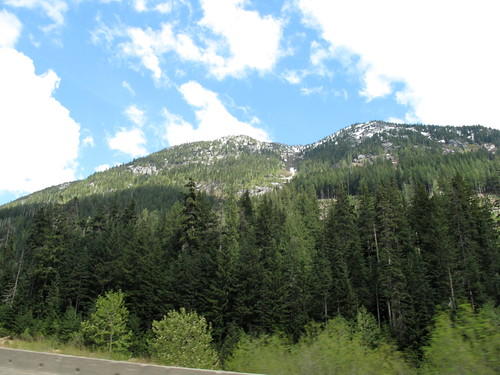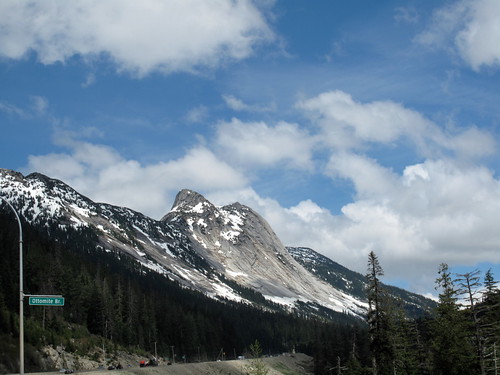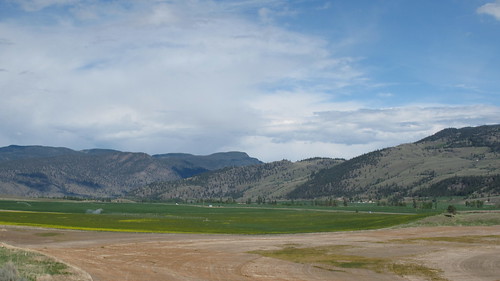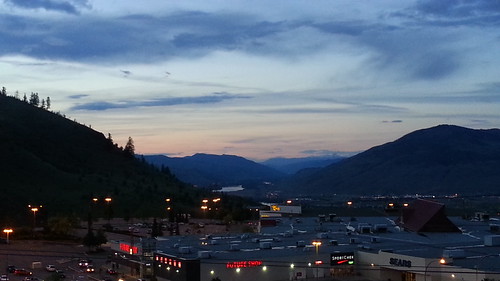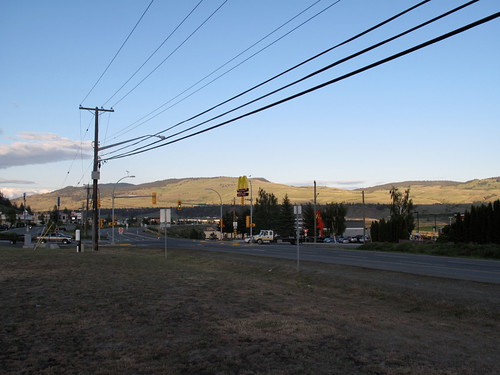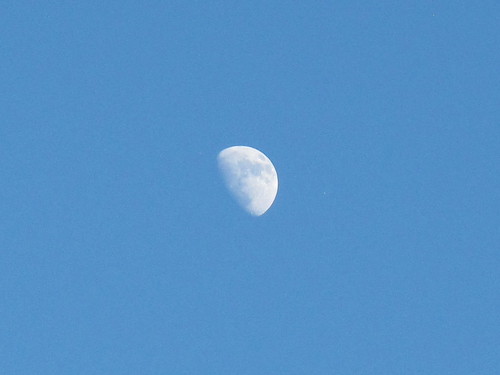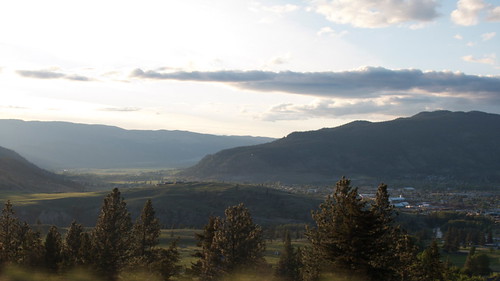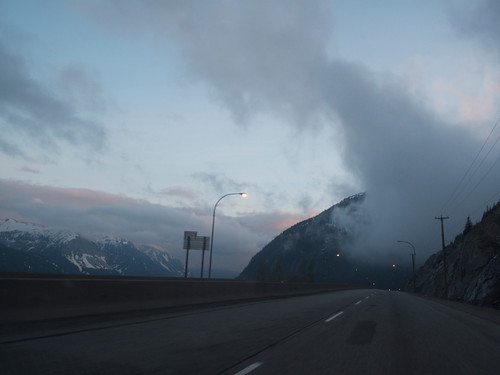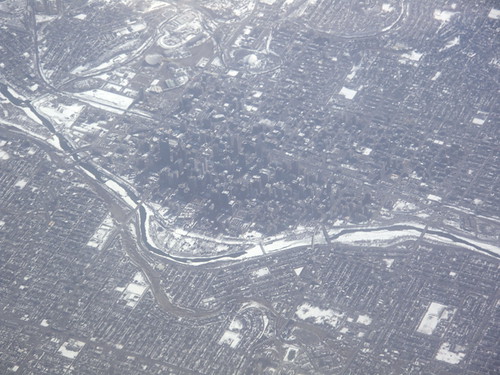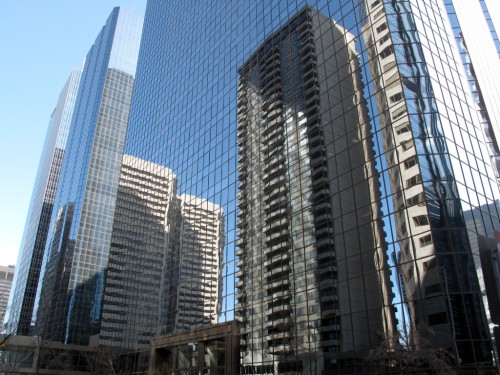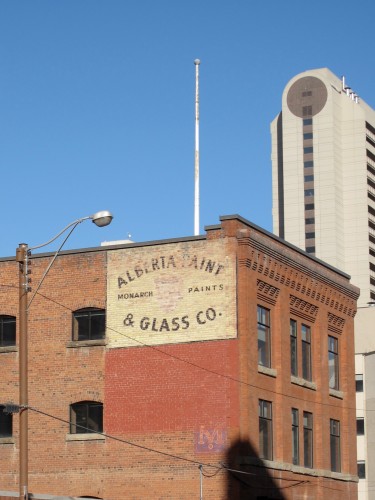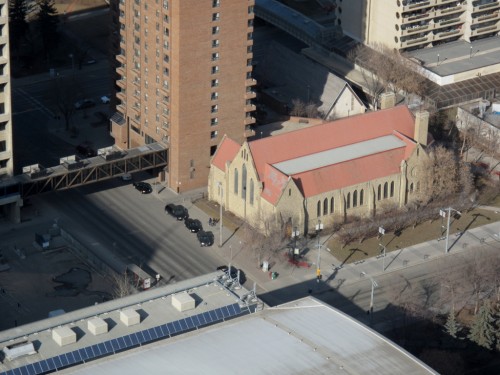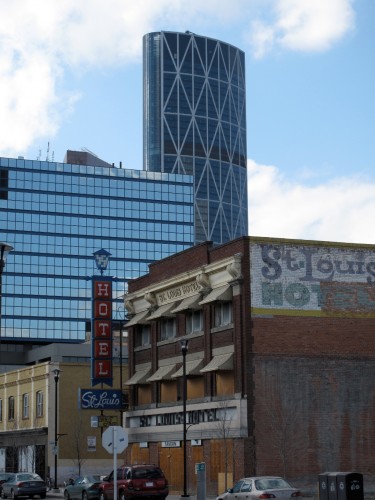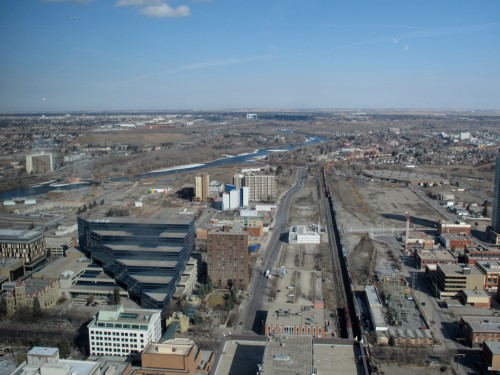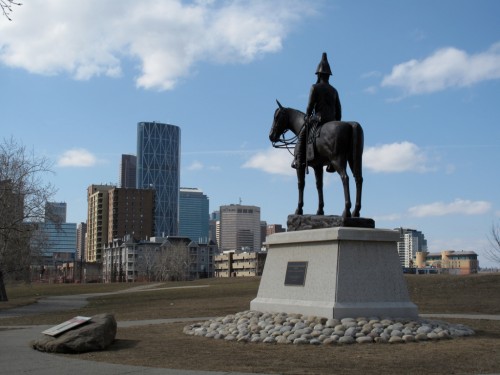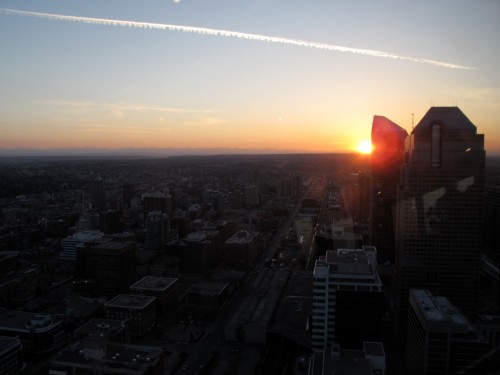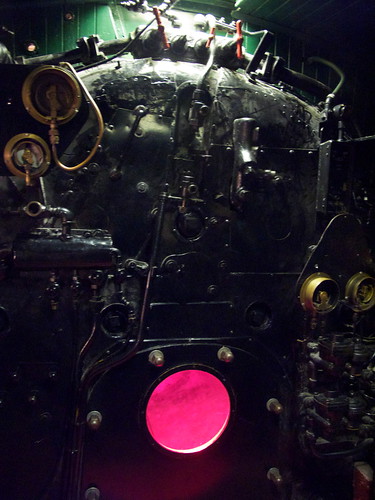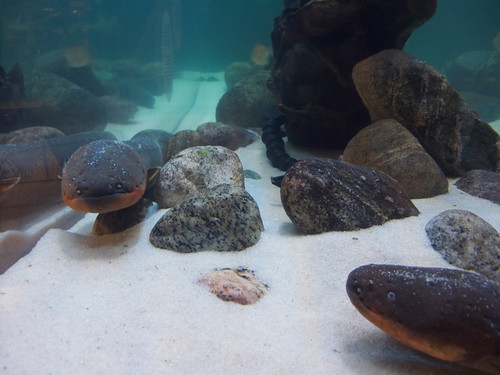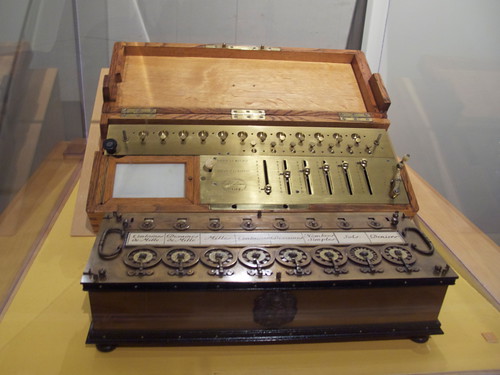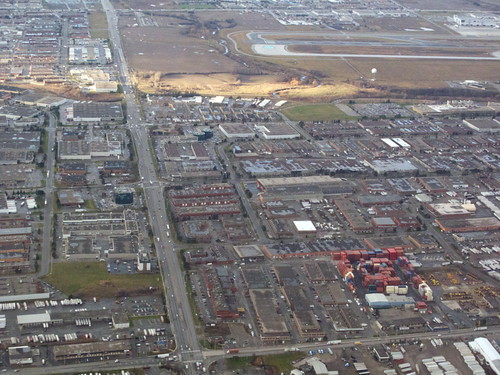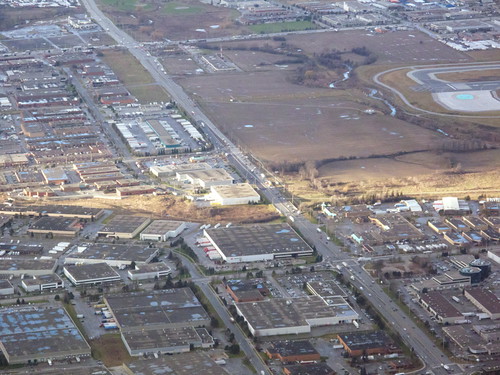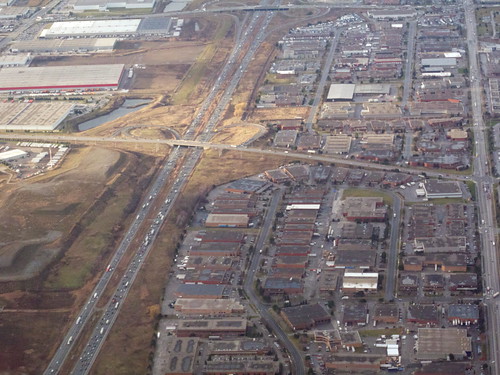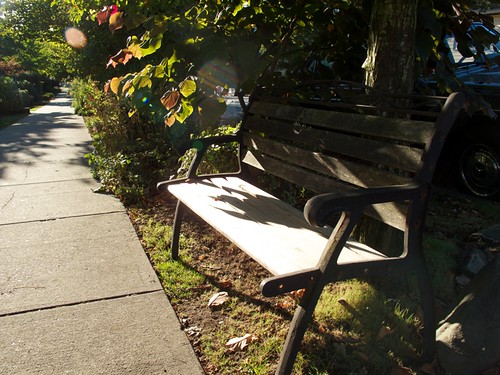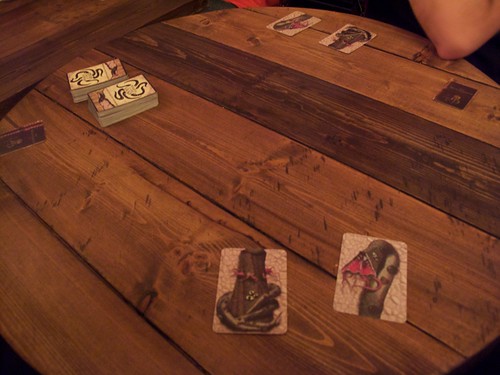D.J. Grothe
Skepticism is about doing good by being right
That’s how D.J Grothe, President of the James Randi Educational Foundation, summarised their mission and their work. The JREF has been working to expose psychics, faith healers and other fakes for years, through the Million Dollar Challenge, as well as outreach, literature, podcasts They never engage the credulous, because they are not the bad guys. Skepticism, as Grothe reminds us, is not about some snooty elitists in a bar finding reasons why Bigfoot doesn’t exist. Psychics and fakes hurt and exploit people, usually at their most vulnerable.
And the JREF is moving into the classroom! At the JREF table in the lobby were copies of their excellent new classroom kits, designed to teach skepticism to high school kids.
William B. Davis: Living With Belief
Yes, William B. Davis, the Cigarette-Smoking Man from X-Files. He started by talking about his early life, dealing with religion. Nothing terribly out of the ordinary growing up in rural Ontario in the 50’s: learning that Jews are bad in Grade 2; having people try to save him after publicly admitting he’s not a Christian in high school… thankfully, he found other unbelievers in university.
After he became part of X-Files, people naturally assumed he believed in UFOs, but it was always just a gig to him. Still, he was curious, so he did some research, found Barry Beyerstein and CSICOP, and now he’s got arguments against UFOlogists!
But speaking of X-Files, he did also mention how Dawkins (who he greatly admires) once criticised the show for feeding paranormal beliefs. And you know, that’s one thing that bothered me too, even before I identified as a skeptic. But what could Davis do? He didn’t want to quit. In the end he decided that the show wasn’t that bad, and he didn’t really see that it increased beliefs in UFOs. Fair enough, I probably would have done the same.
He ended with criticism of Stephen Harper, and how the biggest issue of our time is climate change.
So that was interesting. A bit scattered but engaging.
Cristina Rad: The Nature of Evil
Christina (aka ZOMGitsCriss is a Romanian YouTuber, and she’s freaking hilarious. Go check out her videos now. Her talk was not about the nature of evil, that’s just a title she came up with for the schedule. No, the talk is about anti-theism. If you don’t believe it’s important to speak up, because religious beliefs are still shaping the world. A secular world may not be paradise, but at least it’d be one less excuse to oppress and discriminate.
Bottom line? Don’t be a dick. But don’t be a pussy either.
And seriously, check out her channel!
Sean Faircloth: Attack of the Theocrats
Sean Faircloth is an attorney and former Maine state senator (in his last term, he was the Majority Whip). He came to talk to us about religious fundamentalism, and how it’s a booming business. American-style religiosity is exported to countries like Uganda, and even New Zealand: it seems NZ has special religious education in the public school system. Kids of minority religions have segregated and punished for no reason. In Canada, public funding is increasingly going to right wing Christian or Muslim schools.
But all is not lost! Humanists and freethinkers can be organised as well.
If the religious right can organise for intolerance and injustice then we can organise for reason and science and compassion
Victor Stenger: The Atheistic Atom
Dr Stenger is not a very engaging speaker, I’m sorry to say. The main thrust of his talk was that atomic theories and atheism have historically gone hand-in-hand. From the early Greek philosopher who believed that the vengeful gods of stories didn’t exist (and if any gods did exist, they didn’t care about humankind) to Renaissance scientists who rediscovered their theories, to modern scientists who discovered that atoms are themselves divisible…
He went over the Standard Model quite a bit, but there was no explicit link to atheism. Is it that visualising the universe as a collection of particles interacting in quantifiable ways tends to lead to atheism? Maybe. My notes don’t say. A crash course on particle physics is not really what I signed up for.
Aron Ra: How Religion Reverses Everything
Hey look, his talk is on YouTube! The bottom line: religious fundamentalism turns everything upside down. Knowledge and progresss are disdained, ignorance is elevated, abstinence is preached but never practised (Evangelical xians have the highest divorce, teen pregnancy and abortion rates), religious people are more likely to condone torture or the death penalty, and on and on.
Also, heavy metal caused a drop in violent crime in 1981. There was a similar drop in the mid-90’s, possibly due to the availability of downloadable porn. Check it out at 22:00
Taslima Nasrin: A Woman’s Life in a Muslim Country
Dr. Nasrin is a writer who was exiled from her native Bangladesh for criticising Islamic misogyny. There are fatwas against her even in India, and her writings are banned in her native country.
(I took very few notes during her talk because it was so engrossing.)
Daniel Dennett: Non-Believing Clergy
The closing keynote speech was a whopper. Dr. Dennett talked about his work with non-believing clergy
It’s got to be a horrible situation, and Dr. Dennett was very good about making us empathise. You grow up believing that priests / ministers are all good people, doing good for others, so naturally you want to join them. But then you get to a seminary, and you have to actually question and analyse scriptures, taught by people who may be a lot more cynical and jaded than you. It’s a shock, and apparently a lot of such schools have counselors specifically to deal with crises of faith.
Even if you make it through, it’s an incredibly isolating life. Non-believing priests may think they’re the only one to doubt, probably don’t have any peers they can spill their guts to (especially not their parishioners) and in general will feel trapped in a non-believing closet. If they quit, they’re letting their flock and their own dreams down. It’s a dreadful bind.
Mind you, that’s if they make it through. Fewer and fewer prospective priests are even making it through religious schools; on top of that, fewer and fewer people are called to the priesthood; worst of all for religious authorities, fewer and fewer parents are successfully passing on their religious traditions to their children. What will happen to religious structures when they run out of people?
Dr. Dennett used an excellent analogy, that of the cell. Now, biological cells can be reduced to just a few processes and elements: a membrane, to keep the insides in and the outside out; energy consumption, to keep on living; and reproduction. Could we look at social groups in the same way? In this analogy, energy would be cash to keep the group going; the membrane would be whatever hoops one has to go through to join; and reproduction would be whatever is necessary to keep the group going or expanding.
We looked at four types of social cells: Japanese tea ceremony schools; debutante cotillion training programs; Ponzi schemes; and religion. Without going into too many details, the first two are very similar in that members pay buttloads of money for something that is supposed to enhance social status but (a) serves no actual social purpose and (b) at least for cotillions is increasingly seen as silly and irrelevant in today’s world. For the last two, people often get started without realising what they’re getting themselves into, and by the time they realise the costs it’s too late to easily quit.
And what will the world look like in a generation or two, when today’s religions have shrunk or mutated beyond recognition? Will the Vatican be reduced to a museum and gift shop? Will Mecca be a Disney subsidiary? What social structures will replace churches? Should we need to worry about it? How painful will the transition be? That’s still an open question, obviously, but we can can find clues by looking at the deeply secular parts of Western Europe and Australia: people still form relationships, and find purpose in their lives. You don’t need religion or religious social clubs to do that. The reactionary elements will fight back, of course, but that’s another story.

